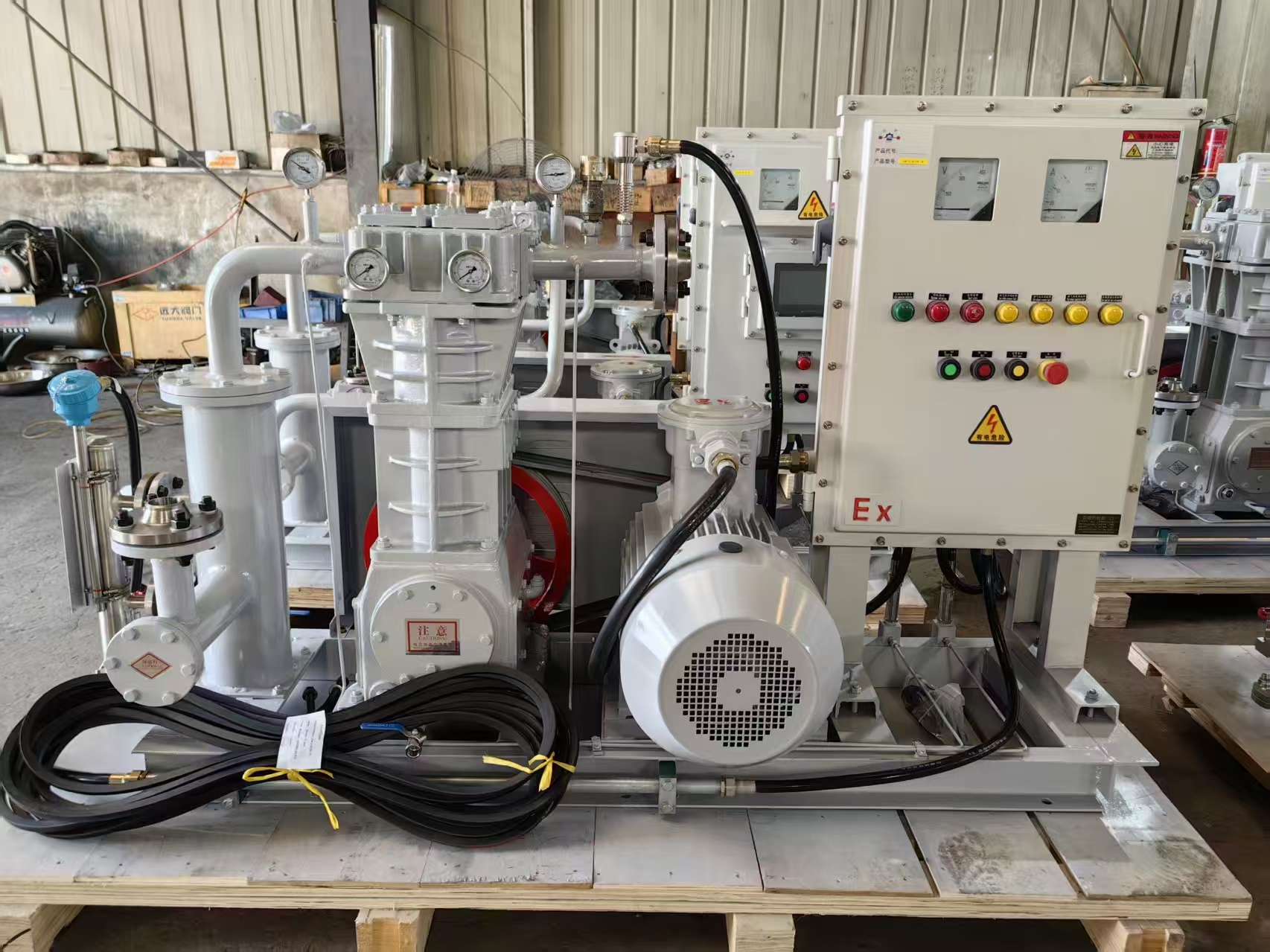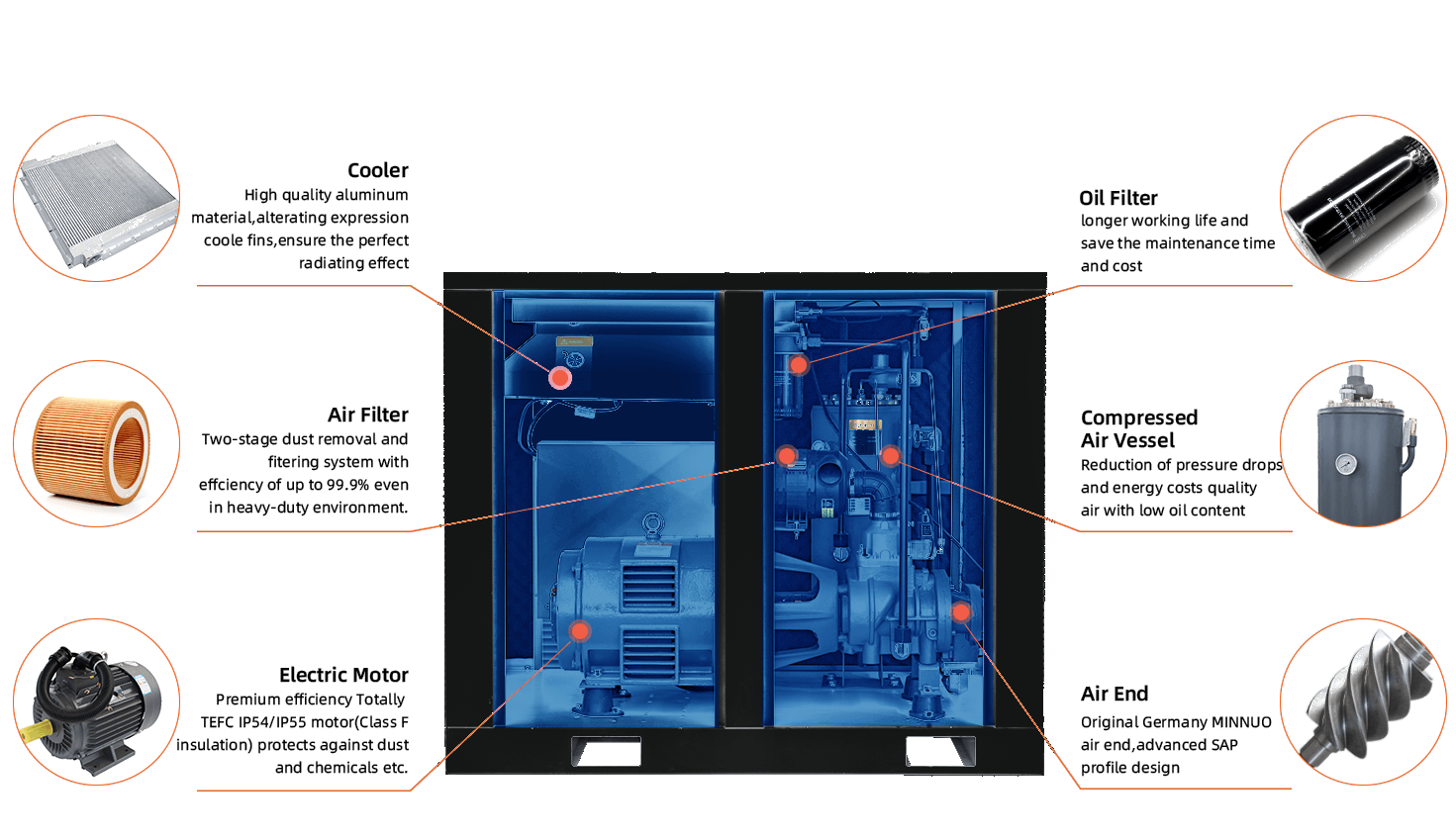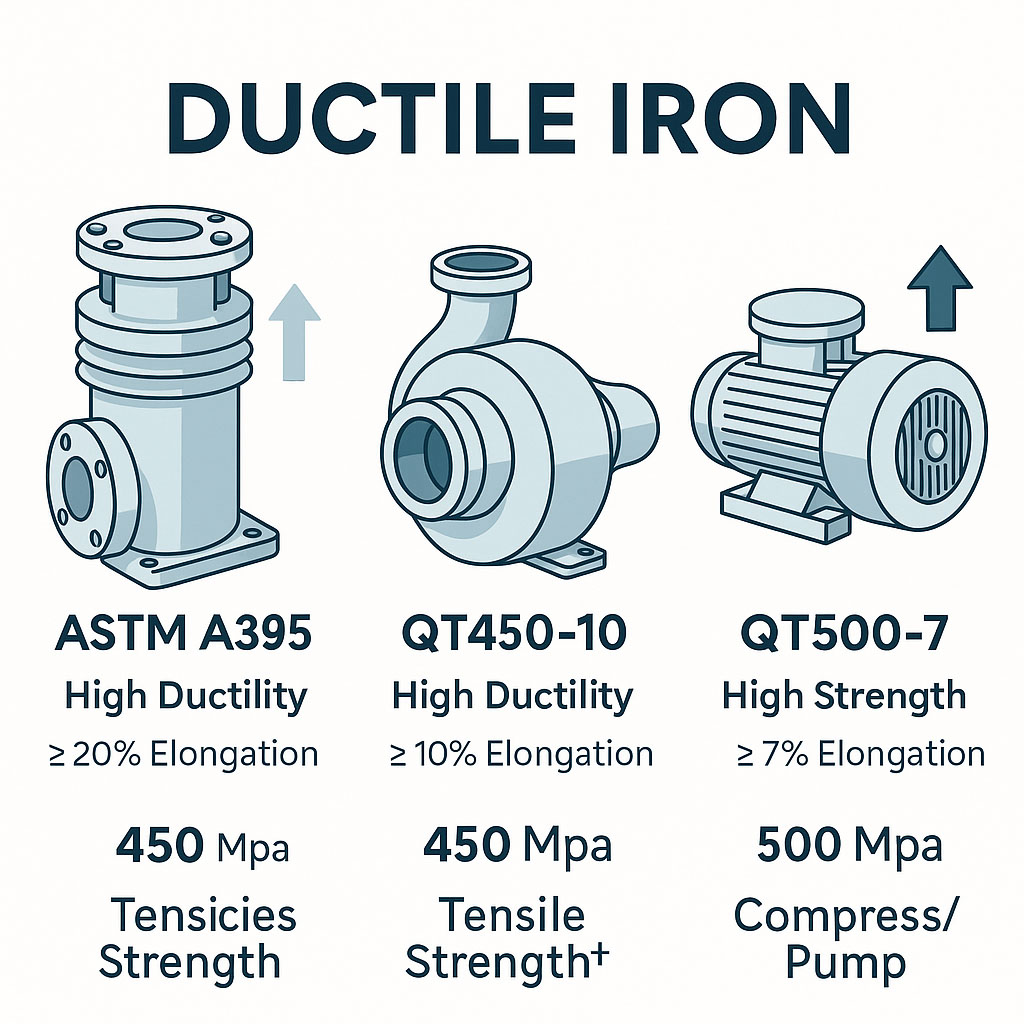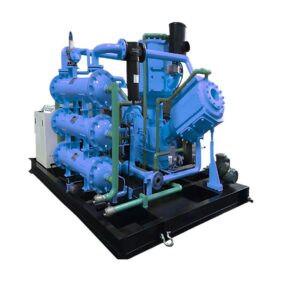When it comes to sizing a hydrogen compressor, accuracy in flow rate calculations is everything. Among various performance indicators, SCFM (Standard Cubic Feet per Minute) plays a critical role in selecting and configuring the right system. If misunderstood or misapplied, it can result in system underperformance, overdesign, or even safety risks.
In this article, we’ll explain how SCFM for hydrogen compressor sizing is calculated, how it differs from CFM, and how KEEPWIN applies it in real-world hydrogen compression projects.
🧪 What Is SCFM and Why Does It Matter?
SCFM measures gas flow under standardized conditions—typically at 14.7 psi, 68°F (20°C), and 36% relative humidity. Unlike raw CFM, which reflects actual ambient conditions, SCFM offers a universal reference point for:
-
Compressor sizing
-
Flow comparison
-
Downstream system balancing
Hydrogen, being a low-density, high-diffusivity gas, is highly sensitive to flow inaccuracies. That’s why using SCFM instead of CFM is essential.
⚠️ What Happens If SCFM Is Ignored?
When engineers size compressors using actual CFM without correction:
-
The compressor may not deliver enough flow under real conditions
-
The system fails to fill cylinders on time
-
Pressures vary, causing instability in fueling or electrolyzer systems
-
Energy usage increases due to overcompensation
🧠 How to Calculate SCFM for Hydrogen
Here’s a simplified formula:
1SCFM=60*0.0283Nm³/h=1.698Nm/h
For hydrogen:
-
1 Nm³/h = 0.5886 SCFM
-
So, 100 Nm³/h = 58.86 SCFM
However, this must also account for pressure, temperature, and gas composition when designing multistage systems. That’s where KEEPWIN’s gas flow calculation expertise comes into play.
🔍 Keepwin’s Approach to Hydrogen Compressor Sizing
When designing a hydrogen compressor, we consider:
| Design Parameter | Role in SCFM Sizing |
|---|---|
| Inlet pressure range | Impacts suction volume and compression ratio |
| Outlet pressure (e.g., 450 bar) | Determines stage count and flow per stage |
| Temperature behavior | Affects volumetric expansion |
| Target flow (Nm³/h) | Converted into SCFM for mechanical design |
-
✅ Precision in pressure staging and flow control
-
✅ Improved compressor efficiency with accurate motor sizing
-
✅ Better compatibility with storage and dispensing systems
-
✅ Safer operation in high-pressure hydrogen environments
-
✅ Cost savings by avoiding oversizing or undersizing
For light gases like hydrogen, understanding and applying SCFM for hydrogen compressor sizing is not just good practice—it’s essential. Whether you’re fueling hydrogen vehicles, supplying electrolyzers, or capturing green hydrogen from renewables, SCFM helps ensure your hydrogen compressor operates safely and efficiently.
At Keepwin Technology Hebei Co., Ltd., we use SCFM as the core of every hydrogen system design. With over 40 years of compression expertise, we help clients achieve precision, performance, and peace of mind.
📩 Contact us for custom hydrogen compression solutions
🌐 Visit: www.keep-win.com
📧 Email: keepwin@keep-win.com











